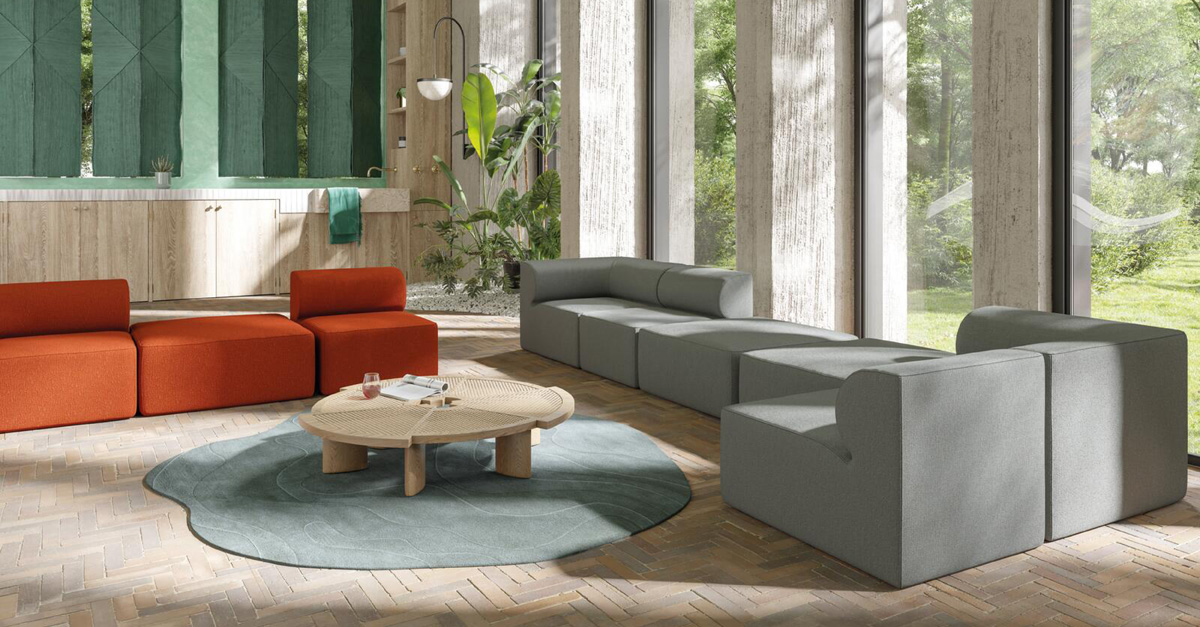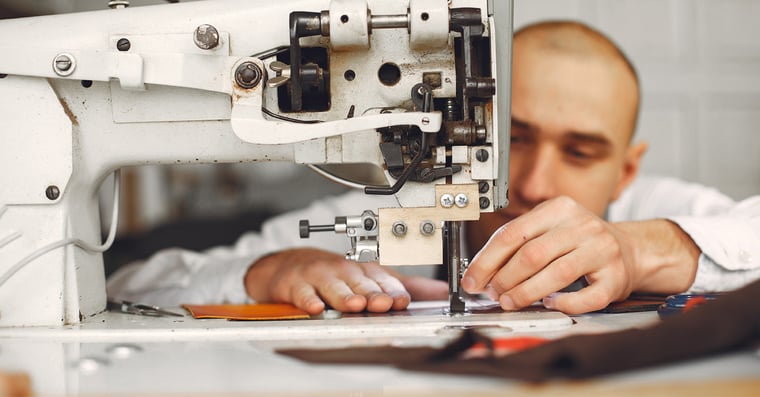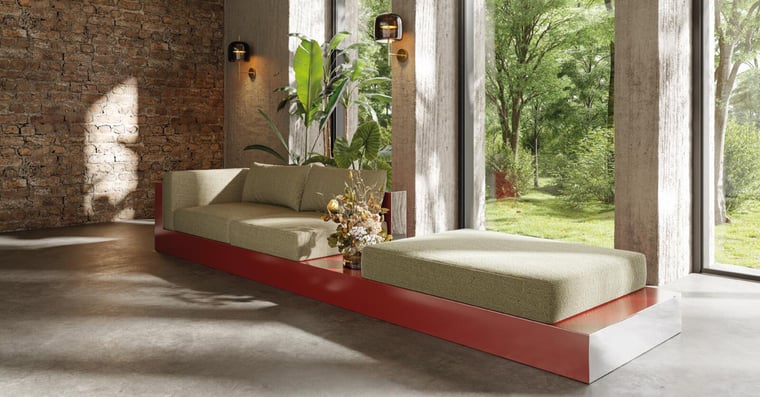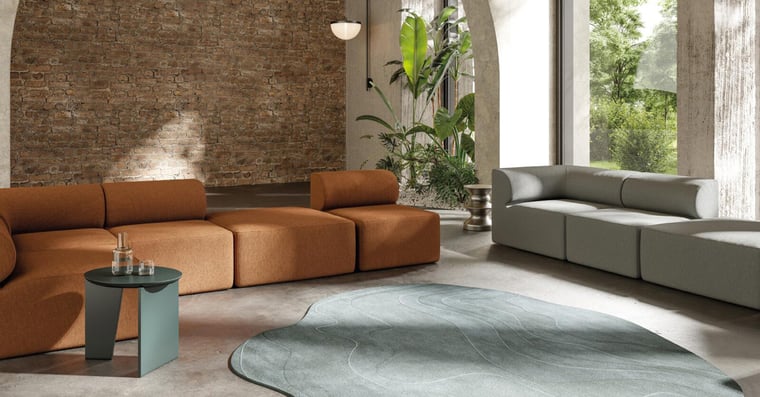
Sitting pretty: Expand your furniture prototyping with digital fabric twins
Published by Admin on
Aug 18, 2021 2:17:56 PM
Cutting the cost of creating beautiful pieces by digitising prototyping.
Not that long ago, furniture designers could release a new collection once a year or even bi-annually. But, the furniture industry isn’t that relaxed anymore. Demand for furniture has soared and it’s a race to keep up with trends changing annually and consumers showing greater interest in expressing their personal style while investing in high-quality pieces.
This means furniture designers and manufacturers have to keep creating new pieces. It’s not easy, speedy or cheap to create furniture and prototyping is a critical step of the design and production process. Unfortunately, prototyping can be expensive, to the point where it may limit the product offering due to costs incurred. For every change in the design or error in the physical prototype, a new one must be created. To assess if a design works, it should be seen fully in person so the designer can view the dimensions, form and potential upholstery options.
Unfortunately, physical prototyping has disadvantages:
- Creating a whole bunch of prototypes means a lot of labour and materials costs, which could eat into the return on investment before the final piece ever goes to market.
- It is time-consuming and a single prototype can take weeks to create, significantly slowing the design and production processes and delaying the product from being market-ready.
- It can limit innovation as changes can’t be made to an existing prototype and an entirely new one is required for changes.
To produce top-quality furniture products, it’s undesirable to skip steps in the design and manufacturing processes and the solution is to expedite the process while reducing cost.
 From Physical To Digital
From Physical To Digital
Incorporating digital technology is a clear answer to transform the creation of furniture. Besides greater accuracy in terms of measurements, technology can also make things faster and more efficient - a definite advantage in the highly competitive furniture industry.
Twinbru developed digital fabric twins as a way to enhance efficiency, sustainability and ease of communication between businesses and their clients. These digital replicas of physical, market-ready fabrics are easy to apply to 3D models of furniture and, because they show the true character of the fabric, it’s easy to make a confident purchase by being able to see the texture and colour of the fabric with lifelike accuracy. Physical samples can be traded out for digital samples and it’s much faster to see a product digitally with the potential fabric than building a physical prototype.
 Rapid Prototyping
Rapid Prototyping
By the same token, prototyping furniture digitally is a smart solution. When a design is prototyped digitally, a 3D model of the piece is created.
Unlike a physical prototype, a digital prototype is much more flexible and can be modified multiple times without a long wait time or the expense of more materials. Additionally, the design can be tested with the target market without incurring unnecessary costs. The process of prototyping and testing also creates learning opportunities when looking at scalability. Practical considerations that prove to be difficult when developing a prototype can be just as difficult on a larger scale and, by doing so digitally, these challenges can be navigated before a physical product exists.
This approach allows you to test and learn early before the release of a product. It can eliminate risk and focus on delivering true value, rather than features that contribute little to achieving the business goals. It also means the quality of the prototype is far higher and consistent as the quality of physical prototypes is dependent on the artisans.
Storage of materials is also a consideration, particularly for small businesses that don’t want to waste precious workspace on fabrics that may not be used. Digital fabric twins make it easy to use and create a digital catalogue of upholstery fabric. In the prototyping phase, these digital fabrics take up no storage space and give designers much more freedom to play with colours and textures in a virtual world. It also means that customers can experiment with different fabrics on the design before they order. By knowing exactly how much fabric is required, storage space can be planned and used much more efficiently with little to no waste.
 Complementary Solution
Complementary Solution
Prototyping digitally saves money, and time and improves operational efficiency. It also boosts the accuracy of designs, meaning there’s greater creative freedom to test new concepts. While a physical prototype will still be required at some point and they don’t have to be eliminated entirely, digital prototyping presents an alternative solution that is complementary to the traditional methods. When you add in digital fabric twins, there are so many possibilities to play with design beyond an existing physical range.
Who doesn’t want to give their customers better choices? Who doesn’t want a greater competitive edge? Who doesn’t want a better allocation of resources to focus on product development and customer care rather than wasting hard-earned money on creating multiple physical prototype iterations?
The answers are clear and your business can benefit greatly from working with Twinbru’s digital solutions. Whether it’s 3D modelling your latest design or utilising our digital texture library to showcase market-ready physical fabrics for your collections, we can close the imagination gap for your furniture design.
Tags:
Designer,
Fast Track,
Digital fabric innovations,
3D Rendering,
3D Visualisation,
3D Modeling,
Technology